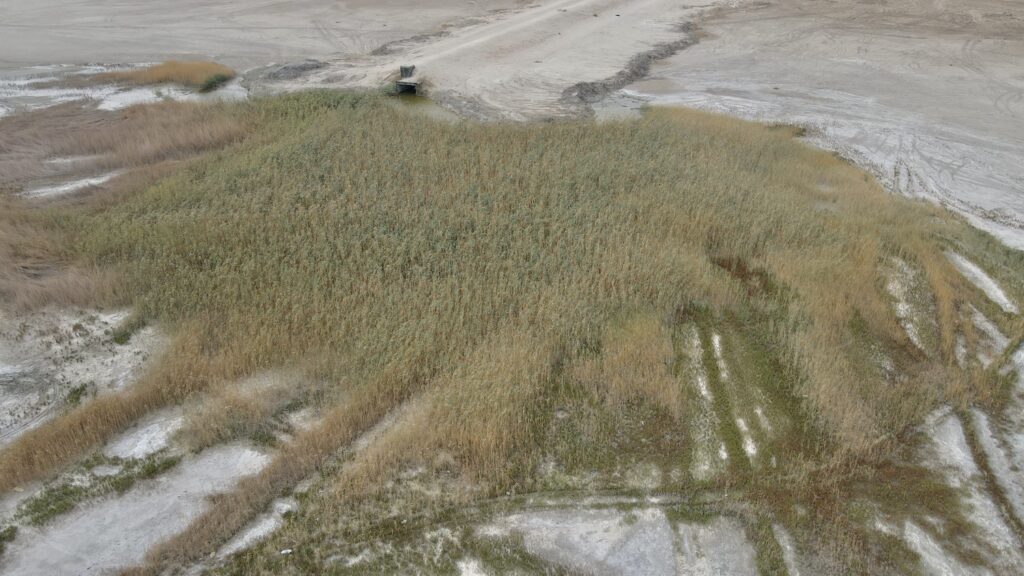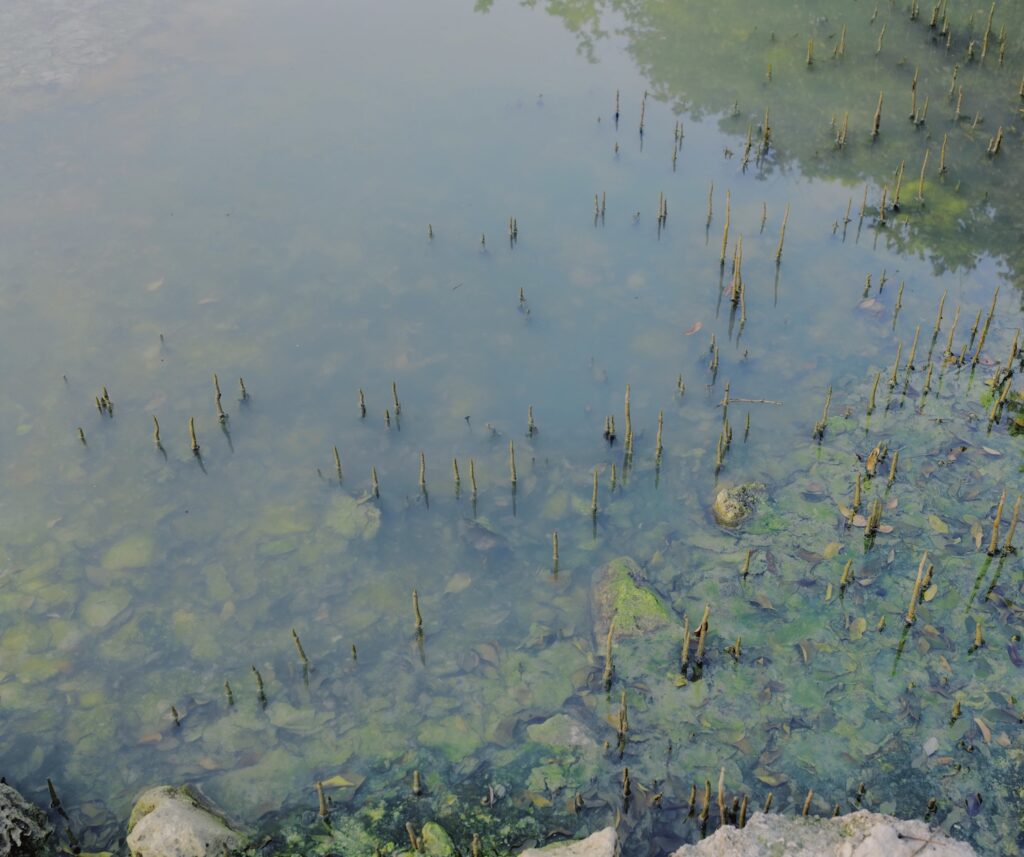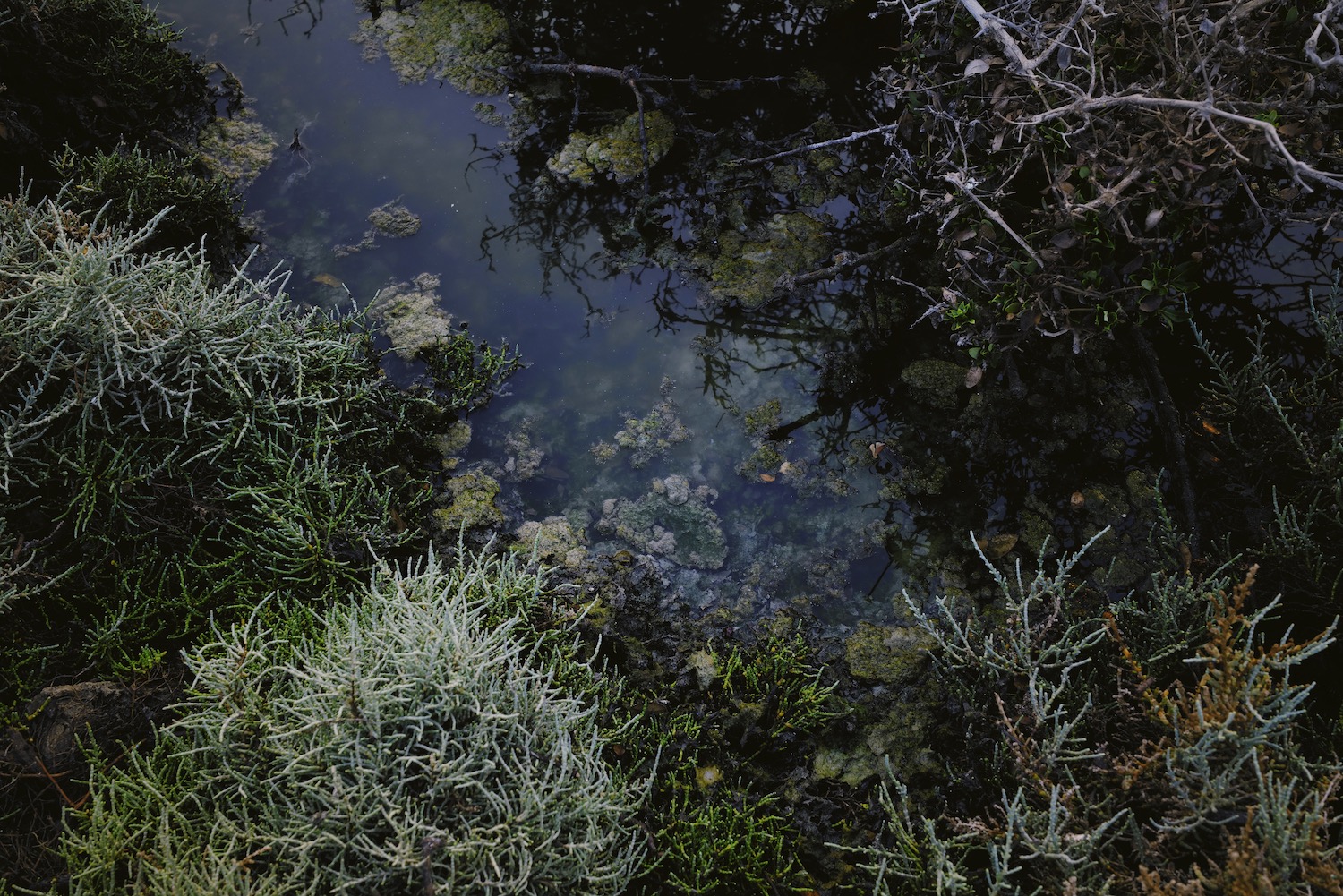In a world grappling with the consequences of rapid urbanization and climate change, one photographer stands out for his unique approach to capturing the interplay between human intervention and natural landscapes. Kuwaiti photographer Aziz Motawa delves into the social and ecological implications of urban development and state building on peripheral ecologies of Bahrain and Kuwait’s coastlines. “My photography focuses on peripheral landscapes that surround industrialized zones. I gravitate towards places that challenge the binary of what is ‘natural’ and what isn’t, usually around mudflats or sewage discharge sites where the natural and industrial all congeal into one,” explains Motawa. As the recent International Mangroves Day and World Nature Conservation Day remind us of the critical role these unique ecosystems play in mitigating climate change and supporting biodiversity, Motawa's work becomes even more poignant.

Unraveling the social and ecological implications
Motawa's childhood experiences near the Doha Natural Reserve in Kuwait played a pivotal role in shaping his photographic vision. He witnessed firsthand the transformation of once-fertile farmland into an urbanized residential area, reflecting a broader attitude towards urbanization in the region. The process of modernization often involves altering landscapes to conform to human aesthetics. According to Motawa, “With time, my father built a house, a garden, and a greenhouse. He planted vegetation foreign to the area to reflect his aesthetic sensibilities far removed from the surrounding ecology. The changes made to that specific plot of land, whether positive or negative, by our family are an extension of the overall attitude toward the urbanization of the area and, in some areas, as part of the displacement of its people. With wealth, privilege, and modernity comes this implicated need to tame, control, and ‘beautify’ landscapes.”
Motawa sheds light on his intimate connections and memories formed around ecologically hazardous zones, such as sewage outfalls and desalination power plants. He artfully portrays his personal involvement and connection to these damaged environments, challenging viewers to see beyond the apparent dichotomy of nature and industry. “My perspective within photography embodies the personal, industrial, and ecological all at once and all in constant flux. Through the images, my perspective shifts from blurry vignettes of memories to softer, more personal narratives. These images tap into the more intuitive side of my practice, where I connect deeply with non-human beings in ecological zones,” expresses Motawa.
Capturing the essence of natural heritage
Through his images, Motawa seeks to capture the essence of natural heritage—a confluence of past, present, and future experiences with temporal fluidity. By resisting the imposition of rigid order, he encourages viewers to appreciate the beauty and vulnerability of these shifting landscapes. Motawa explains, “One of the most fascinating examples is Tubli Bay in Bahrain, where I created the work 'Intertidal' as part of the 'On the Edge' exhibition. It was fascinating to see people's reactions when I exhibited prints of the images as they tried to connect culturally to alien-like textures in industrialized intertidal zones.”

A contribution to the climate change discourse
While not an environmental scientist, Motawa's work serves as a powerful medium for engaging in critical dialogues about climate change and ecological preservation. His photography exhibitions have become platforms for fostering discussions on the impacts of human interventions in natural ecosystems. He adds, “I also have to address irony because exhibiting art is an ecologically damaging practice involving planes, printing, paper, etc. However, the most rewarding aspect is the critical dialogue these exhibitions fostered. These exhibitions and my practice are flawed love letters to the areas I connect with.”
Motawa's commitment to a collective approach is exemplified through the 'Akkaz Collective,' a group of artists, researchers, and architects dedicated to unearthing counter-histories in Kuwait. “My focus is on a more collective approach to creating work specific to a geographic location and highlighting narratives and research papers by people who have lived in the area and can share personal accounts of their experiences before its modernization,” explains Motawa. Together, they shed light on neglected ecological narratives, providing a richer understanding of the region's past and its implications for the future. Motawa also delves into existing research about sustainable ecological practices found in poetry, celestial maps, and oral histories, amplifying their significance in the broader climate change discourse. He shares, “It's a form of healing for me. I want to think that those two sides of how I interact with the world and create work—the logical and the sensory—are separate but never are.”
This year's COP28, to be held in the UAE, will be a significant event in the global effort to address climate change. As world leaders and policymakers gather to discuss strategies and commitments, artists’ visual commentary on ecological changes serves as a powerful reminder of the urgent need to consider the impacts of urbanization and development on natural heritage for the future. He expresses, “To me, and many others, of course, time is non-linear. That's where my urge to create images comes in; I look for landscapes that are spatial records of time.”
Words by Marsya A. Abdulghani
Images courtesy of Aziz Motawa







